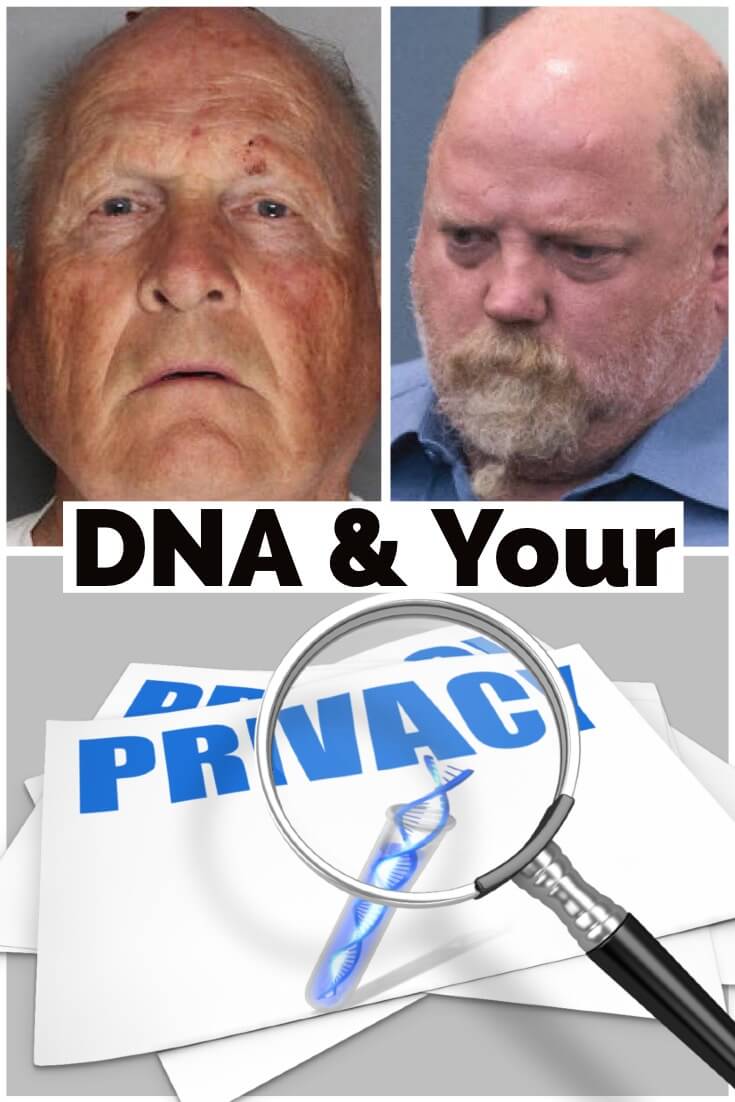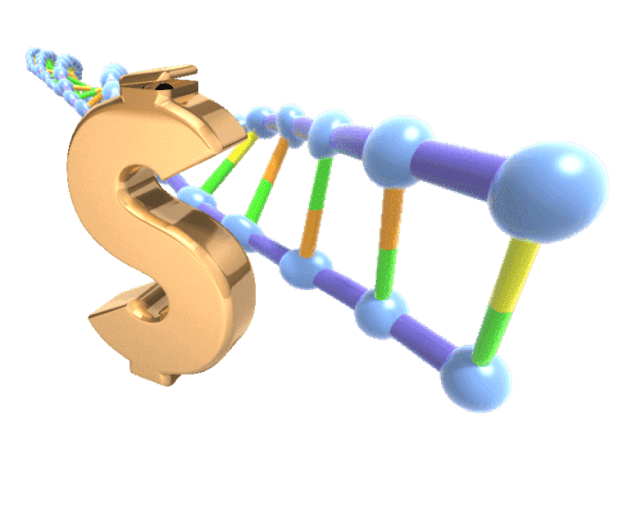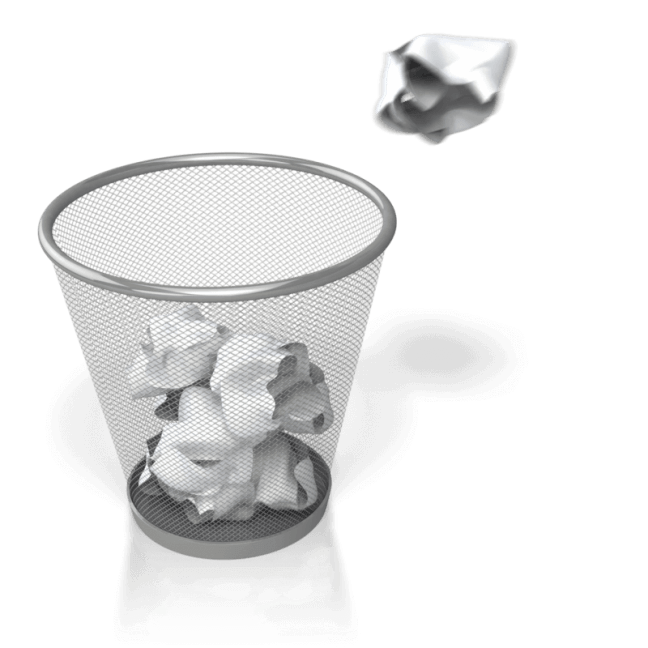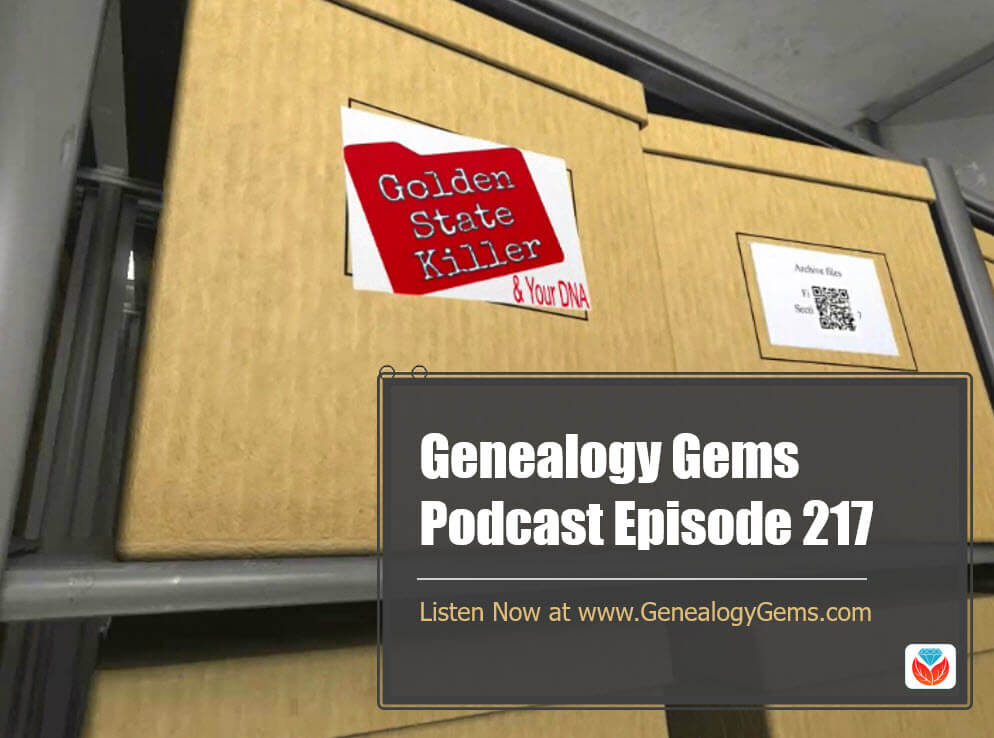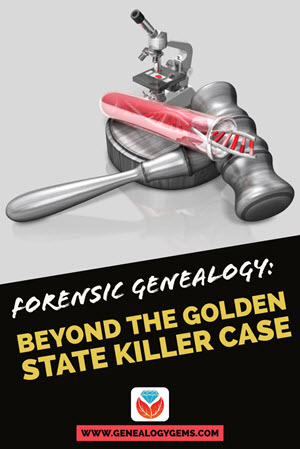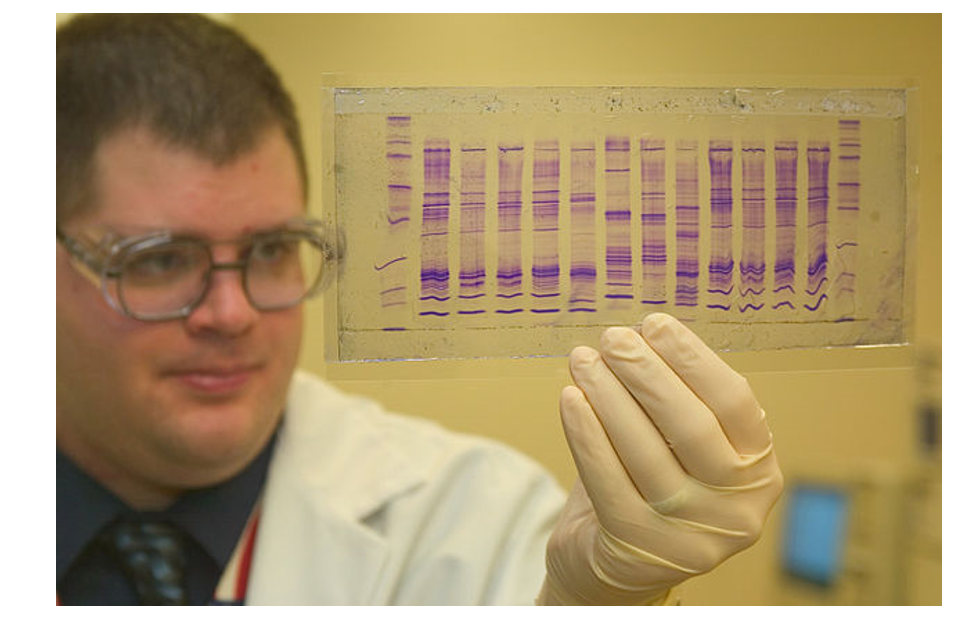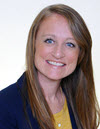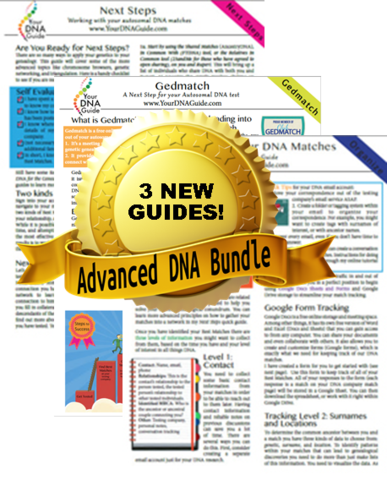by Lisa Cooke | Jun 23, 2018 | 01 What's New, DNA
The recent identification of the Golden State Killer through a DNA database for genealogy is just one way your DNA may be used in unexpected ways. Lisa Louise Cooke shares 5 key principles to keep in mind when considering your online DNA presence.
Golden State killer case and others prompts important question
Recently, Paula in Canada emailed me about the Golden State Killer case, which I talked about in a special episode of the Genealogy Gems Podcast earlier this month. For those who haven’t heard, a serial criminal from decades ago, known popularly as the Golden State Killer, was recently identified in part after investigators submitted DNA evidence left at the scene to a genetic genealogy database. Paula asked how that case—and specifically the investigators’ use of a genealogy DNA database for a non-genealogy purpose—affects the genealogy community.
In the face of all the enthusiasm over DNA testing, the downsides of DNA testing for genealogy isn’t a popular topic. However, the lid is off of pandoras box when it comes to DNA and there’s no putting it back on. Following the success of the Golden State Killer case, DNA evidence from over 100 crime scenes has recently been uploaded to GEDmatch (a website that provides free DNA and genealogical analysis tools for amateur and professional researchers and genealogists.), under the guidance of a new company (Parabon NanoLabs) that helps criminal investigators use genetic genealogy methods to identify genetic samples. Since DNA is here to stay, let’s talk about the varieties of ways that genealogical DNA testing results are being used may affect the genealogy community and the future of genetic genealogy.
DNA privacy for genealogists
In Genealogy Gems podcast episode #217 and here in this companion article, I share my own personal opinions. I invite you to listen to that episode and do your own homework before making your own decisions. Here, I summarize 5 principles to consider when it comes to sharing your DNA online:
1. Your data = dollars.
If you’re a Genealogy Gems Premium eLearning member and you’ve watched the Premium video Take Control of Your Family Tree, then you know your DNA data is already being shared within and beyond the genetic genealogy world. AncestryDNA and 23andMe have both discovered a lucrative market for the DNA data that their customers have paid them to process: the pharmaceutical industry. Read the Wired.com article on one partnership Ancestry has with the Google-owned biotech company called Calico. I’m not saying that this is bad or good. But it is happening. In the end we are each responsible for doing our own homework and making an informed and conscious decision about whether and how to share our DNA.
2. Look in the mirror: How are YOU using DNA databases?
Thousands of genealogists are already using genetic genealogy databases for purposes beyond privately building their family trees. Often, they want to connect with relatives they don’t know or with whom they aren’t in touch, and DNA becomes the “cousin bait.” For example:
- Adopted children and birth parents trying to find each other
- Locating estranged family members
- Orphans trying to find long lost siblings and relatives
Individuals and agencies other than genealogists also use DNA databases to identify unknown human remains, such as John or Jane Doe cases and prisoners of war. All of these uses of DNA may be well within the parameters of how a genealogist would expect to see their samples used. But all of these uses can lead to tremendous consequences in the lives of those whose DNA is involved, not all of those consequences intended or positive.
3. Hang on to your restaurant napkin!
On a daily basis, in public places, we discard items that have our DNA on them. Many folks are concerned that the police may not be the only ones interested in picking them up. That’s very possible. In fact, waiters and waitresses pick up some of the best DNA samples on a daily basis: anything with saliva on it.
Why would anyone want your DNA? Well, we’ve all seen cases of accident victims being under surveillance to determine if they really are injured. DNA could reveal health issues of those seeking large insurance policies. Of course, it takes a bit of doing because the genealogy testing companies want you to submit the sample on the swab of their kit. In the podcast episode, I shared with you from my personal experience that it’s possible to work around that requirement.
We’re in the early wild west days of DNA. Who in the future might be incentivised to obtain your DNA?
4. We’re not the only ones interested in our DNA.
Those who may potentially be interested in your DNA go beyond even genealogists, crime fighters, and those who identify bodies. The list includes insurance companies, employers, governments, educators, and many more. A news article at news.com.au states that “In Australia, life insurers are allowed to ask if an applicant is considering having genetic testing, and can then use the results to determine their coverage — a decision not everybody thinks is fair.” It goes on to say that “in China, by comparison, authorities have reportedly collected DNA samples from millions of residents for the purpose of surveillance.”
5. No one is a genetic island.
Be aware that when you test, you are also making a decision on behalf of your parents, siblings, children, grandchildren, and future descendants. Your DNA (and accompanying tree data) could be used to identify them in the future in ways that help or harm them. Regardless of good intentions or stated ethics codes in the genealogy community, it isn’t possible to write and get the express permission of everyone who could be affected by you having your DNA tested. The water isn’t always crystal clear when it comes to DNA testing.
Resources
If you’ve already made the decision and have tested your DNA for genealogy, or you plan to, here are resources to help you navigate the process with greater awareness and success:
by Sunny | Jun 4, 2018 | 01 What's New, DNA, Forensic Genealogy
The Golden State killer DNA-credited arrest was just the beginning. Another cold case—a double murder—has new answers thanks to forensic genealogy research techniques and a company that helps criminal investigators use them. Though legal and privacy questions still remain, Your DNA Guide Diahan Southard points out a technology crime-fighters are refining that may prove beneficial to family historians.
Lisa recently shared with us in the Genealogy Gems Podcast episode 217 her thoughts on the ramifications of the Golden State Killer case, in which a murderer and rapist was arrested nearly 40 years after the crimes were committed, thanks to some excellent genetic genealogy work.
Just three weeks after that discovery made headlines, a police department in Snohomish, WA, announced that they too had employed genetic genealogy to solve a cold case from 1987, when two high-school sweethearts were found murdered. This police department indicated they had assistance from a company called Parabon Nanolabs, a genetics company based in Virginia.
According to their website, Parabon deals in both pharmaceuticals and something they call Snapshot, where they reconstruct the facial features of an individual based on their DNA. While they do have a press release on their website regarding the aforementioned case, they do not have a specific product on their website indicating they can take genetic material and make a DNA profile compatible with genetic genealogy databases (they do mention using “biological evidence” on the Forensics page, shown below). But that is exactly what they must have done in order to solve this case.
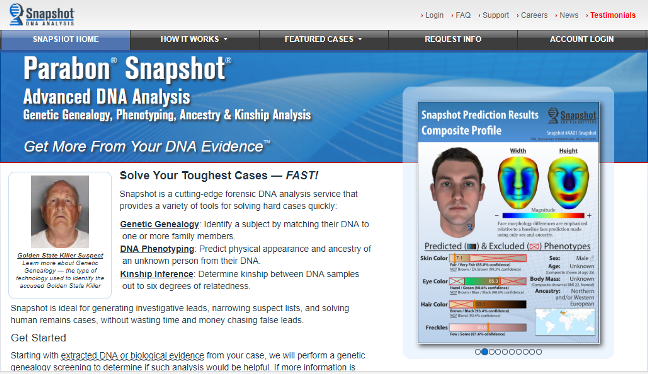
Forensic genealogy: Beyond the Golden State Killer
According to an article in The Star, a Toronto newspaper, the police department in Toronto has DNA on the perpetrators for 30 cold cases. It is very likely that every police department is harboring similar evidence. Up until now, either in the US or Canada, investigators have generally only matched DNA profiles from crime scenes to genetic databases of known criminals. These are people who have already been caught and convicted. If no match is found, investigators are back to square one.
In both the Washington state and Golden State Killer case, these men had never been caught, and therefore their DNA was not part of these national databases. The way the DNA evidence was made useful was to compare it with samples from the general population, or in this case, a bunch of genetic genealogists who had uploaded their DNA results to the open-source website, GEDmatch. (Click here to learn more about GEDmatch.)
In the podcast episode, Lisa discussed many of the ethical and moral issues that we need to address as more and more different kinds of uses for our DNA are found, employed, and even commercialized. These are conversations we need to have as a community, and certainly that you need to consider personally.
But like most technology, there are good sides and bad sides to advancements. One of the best upsides I can see out of this is the feat of technology that took a small amount of DNA found at a crime scene 40 years ago and turned it into a DNA profile that can be useful in genetic genealogy databases. For years I have disappointed many genetic genealogists that have letters and stamps and hats from their loved ones who have passed on, and they want a way to obtain their DNA. Well, now we have evidence that it can be done. You can take some genetic material (licked stamps or envelopes, hair with a root, razors, teeth), and use it to create a viable profile that can be used to search genetic genealogy databases!
In fact, LivingDNA is currently openly accepting these kinds of samples, albeit at a hefty price tag, starting at $1,000 or so per sample. (This service is new enough that they don’t even have a landing page for it yet; submit your inquiries through their contact form.)
Now, whether or not the DNA from that stamp, or that stray piece of hair in the hat will be able to produce enough DNA to provide a complete enough DNA profile, still remains to be seen. But I would watch closely companies like Parabon and LivingDNA as they work to develop robust laboratory techniques that will provide answers for all of the genealogists whose parents and grandparents didn’t ever have a chance to spit to record their family history.
About the Author: Diahan Southard has worked with the Sorenson Molecular Genealogy Foundation, and has been in the genetic genealogy industry since it has been an industry. She holds a degree in Microbiology and her creative side helps her break the science up into delicious bite-sized pieces for you. She’s the author of a full series of DNA guides for genealogists.
Keep up with what DNA can tell you
Stay at the cutting edge of what your DNA (or your relatives’ DNA) can tell you about your family history with Diahan’s Advanced DNA Bundle of quick reference guides, with try-it-now techniques for your DNA test results (click on individual titles to buy them separately or click here to save by bundling them together):
- Gedmatch: A Next Step for Your Autosomal DNA Test. GEDmatch is a third‐party tool for use by genetic genealogists seeking to advance their knowledge of their autosomal DNA test. This guide will navigate through the myriad of options and point out only the best tools for your genetic genealogy research.
- Breaking Down Brick Walls with DNA. With this guide in hand, genealogists will be prepared to take their DNA testing experience to the next level and make new discoveries about their ancestors and heritage. Learn how to leverage the power of known relatives who have tested, explore chromosome browsers, employ a methodology for finding a family tree for a DNA match that does not have a tree, and more.
- Organizing Your DNA Matches. With millions of people in possession of a DNA test, and most with match lists in the thousands, many are wondering how to keep track of all this data and apply it to their family history. This guide provides the foundation for managing DNA matches and correspondence, and for working with forms, spreadsheets, and 3rd party tools.
by Lisa Cooke | May 9, 2018 | 01 What's New, Genealogy Gems Podcast
The Genealogy Gems Podcast
Episode #217
with Lisa Louise Cooke
In this special episode, host and producer Lisa Louise Cooke takes a look at the Golden State killer, one of the most notorious crime sprees in recent memory. She’ll talk about the role that DNA testing played in an ultimate arrest, and the impact that these events are having on genealogists and the use of DNA in genealogy.
The Golden State Killer
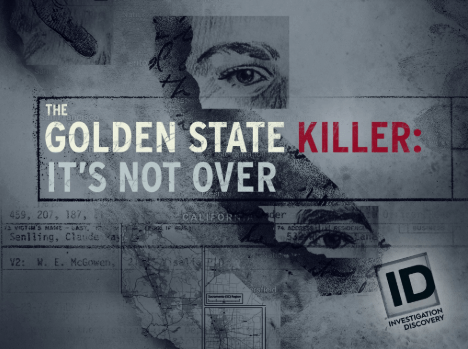
“Golden State Killer: It’s Not Over” docuseries. (As an Amazon Associate, Genealogy Gems earns from qualifying purchases)
“The Golden State Killer,” 48 Hours episode on CBSNews.com (44-minute episode)
Between 1974 and 1986, activities attributed to the Golden State Killer include at least 12 murders, more than 50 rapes, and over 100 burglaries in California from 1974 through 1986.
The criminal’s methods led some investigators to believe that these differently-labeled criminals were very likely one in the same.
In 2001, DNA definitively linked several rapes in Contra Costa County believed to have been part of the East Area Rapist series, a series of murders in Southern California.
In 2011, DNA evidence proved that the Domingo?Sanchez murders were committed by the same man, known as the Golden State Killer.
BONUS CONTENT for Genealogy Gems App Users

If you’re listening through the Genealogy Gems app, don’t forget to check out your bonus content for this episode! The Genealogy Gems app is FREE in Google Play and is only $2.99 for Windows, iPhone and iPad users

MyHeritage.com is the place to make connections with relatives overseas, particularly with those who may still live in your ancestral homeland. Click here to see what MyHeritage can do for you: it’s free to get started.
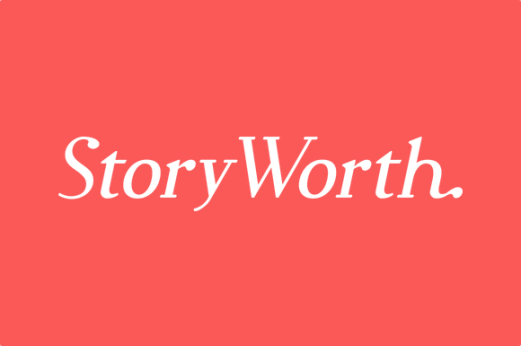
StoryWorth makes it easy and fun for Mom to share stories with loved ones every week. At the end of the year, she’ll get them all bound in a beautiful hardcover book. Strengthen your bond as you get to know her in a whole new way! Go to http://www.storyworth.com/lisa for $20 off when you subscribe. Give a gift for Mother’s Day that is actually a gift for you, too!
Help solve DNA mysteries with these resources:
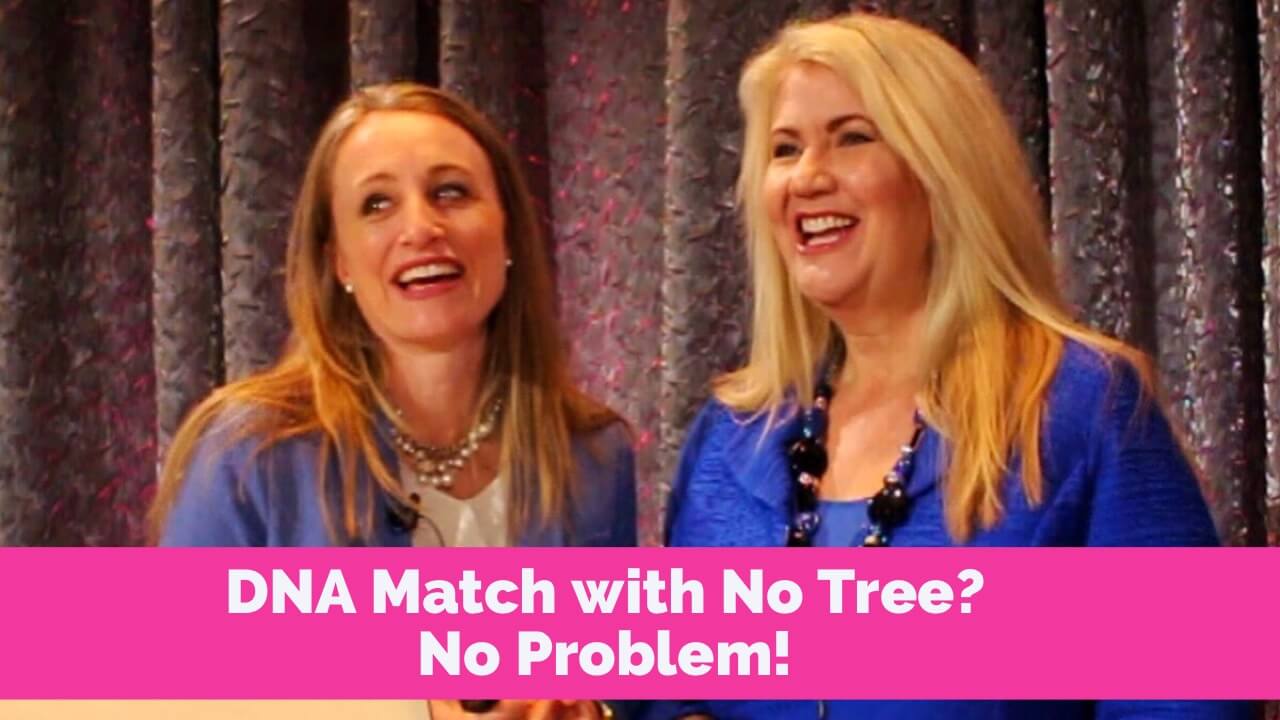
Caution: In this episode, Lisa shares her personal opinions on the use of technology for crime fighting and the implications for DNA testing for genealogy. She encourages everyone to do their own homework and make informed decisions in line with their own values, opinions, and objectives.
Reality check: “The only way to ensure privacy is to never put anything of any kind online. Just like the only way to ensure you will never be in a car accident is to never, under any circumstances, get in a car.”
Read more about DNA testing company partnerships:
“Another personal genetics company is sharing client data,” Wired.com article by Katie M. Palmer, published 21 July 2015, on Ancestry.com’s partnership with Google-owned Calico biotech firm
“23andMe teams with Big Pharma to find treatments hidden in our DNA,” Wired.com article by Davey Alba, published 12 January 2015, on 23andMe’s partnership with Pfizer
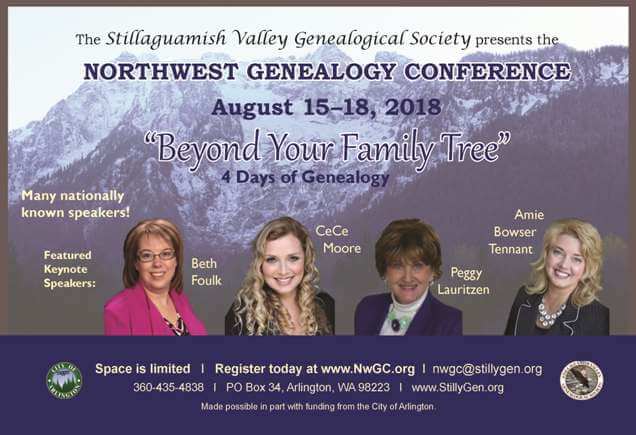
Several ways we already use DNA matches:
- Genealogists use to build family trees
- Adoptees use to identify birth parents (or other biological relatives)
- Orphans trying to find long lost siblings and relatives
- Anyone looking for estranged family members
- Researchers identifying unidentified human remains, including POW/MIAs

Lisa Louise Cooke uses and recommends RootsMagic family history software. From within RootsMagic, you can search historical records on FamilySearch.org, Findmypast.com and MyHeritage.com.
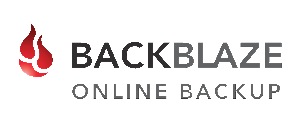
Keep your family history research, photos, tree software files, videos and all other computer files safely backed up with Backblaze, the official cloud-based computer backup system for Lisa Louise Cooke’s Genealogy Gems. Learn more at https://www.backblaze.com/Lisa.
More information on DNA testing
How to download, transfer and upload your DNA with various testing companies by Diahan Southard
“How DIY genetic testing kits can be used against you,” News.com.au article by Gavin Fernando, published 3 May, 2018.

“When you test, you are also making a decision on behalf of your parents, siblings, children, grandchildren, and future descendants. Regardless of good intentions or stated ethics codes in the genealogy community, it isn’t possible to write and get the express permission of everyone who could be affected by you having your DNA tested.” ?Lisa Louise Cooke
Genealogy Gems can help you whether you test or not!
Keep listening to the Genealogy Gems Podcast for genealogy news, tips, inspiration and strategies (DNA is one of many tools talked about!)
Read free online articles at GenealogyGems.com. Click here to read dozens of articles on DNA.
Click here to view our complete line of DNA quick reference guides
Become a Genealogy Gems Premium eLearning Member, to get access to all the Premium video classes and the entire Premium Podcast: new monthly episodes plus the full archive of more than 150 previous ones.

PRODUCTION CREDITS
Lisa Louise Cooke, Host and Producer
Sunny Morton, Editor
Diahan Southard, DNA Content Contributor
Hannah Fullerton, Audio Editor
Lacey Cooke, Service Manager
Disclosure: This document contains affiliate links and Genealogy Gems will be compensated if you make a purchase after clicking on these links (at no additional cost to you). Thank you for supporting this free podcast and blog!
Check out this new episode!


